Books
Discover DI Tony McLean’s Edinburgh
I wrote the first two Inspector McLean books while almost 400 miles away in mid-Wales. I’d lived and worked in the city, and to the south in Roslin (of chapel fame) some years earlier, and studied there for a postgraduate degree even earlier still. When I came to write Natural Causes, it was from my memories of the place, aided only by a couple of Ordnance Survey Explorer maps pinned to my study wall.
This situation led to two things. First, I made a few major errors, such as describing Trinity as being full of drug addicts and prostitutes when in fact it’s one of Edinburgh’s posher districts. An early Amazon reviewer pointed out that it’s where most of the city’s lawyers and judges live, which I think possibly made my case rather than his.
The second thing was that I tended to focus on areas of Edinburgh I knew well. I’d worked in Leith and an office on the Grassmarket, lived as a student in a top floor flat in East Preston Street in Newington. Roslin glen, Straiton and other places to the south featured heavily in the first four books in the series, simply because that was what I knew best.
Writing The Hangman’s Song, I began to notice that all my crimes were happening in the same places, and started to branch out a little. Researching Gilmerton, where a friend lived, brought me to Gilmerton Cove and the perfect setting for the grisly murder that opens Prayer for the Dead. I’ve taken McLean out to Fife a couple of times, too. In Dead Men’s Bones, he investigates a gruesome murder/suicide and is chased off a farm by a fold of Highland cows. In Written in Bones he visits a house in the East Neuk remarkably similar to one my sister lived in as an undergraduate studying at St Andrews.
All of which is to say Tony McLean’s Edinburgh is really my Edinburgh, and in part a city that existed perhaps twenty or more years ago. I live closer now, and can revisit places to sharpen my memory of them (and in some cases prove that it’s entirely wrong), but mostly I am walking the streets of my mind. It is a city of feeling and impression as much as description. And, of course, much of it is made up. You can search all the maps and walk all the streets, but you’ll never find the police station where McLean works.
You will find the massive earth bings made of spoil from the oil shale industry in the mid-nineteenth century and which feature as a backdrop in The Gathering Dark. They are surrounded by industrial estates feeding the city’s rapid growth. Head east and you’ll find the scars left in the land by long-dead railways, built both to serve the coal mines, and more speculatively for passengers. The countryside is peppered with old tunnels and cuttings where dark deed can go on unseen.
That is the beauty of Edinburgh and the Lothians, what makes it perfect for the dark and spooky tales I like to tell. There are so many layers of history, so many hidden secrets and places lost to time. Ghosts haunt every street corner and lurk in every forgotten basement, just waiting for someone – perhaps Inspector McLean – to find them.
How many of James Oswald’s books have you read? Have you spotted some familiar Edinburgh locations in any of the books? Take a look at all the Inspector McLean books in order here.
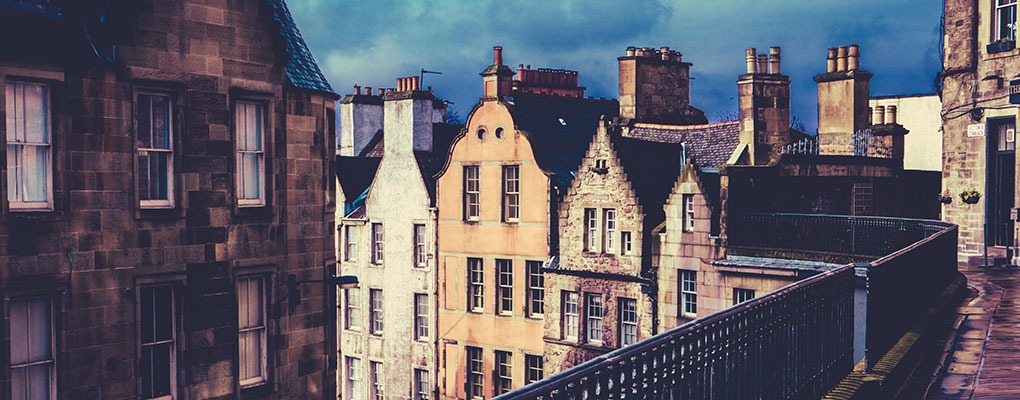

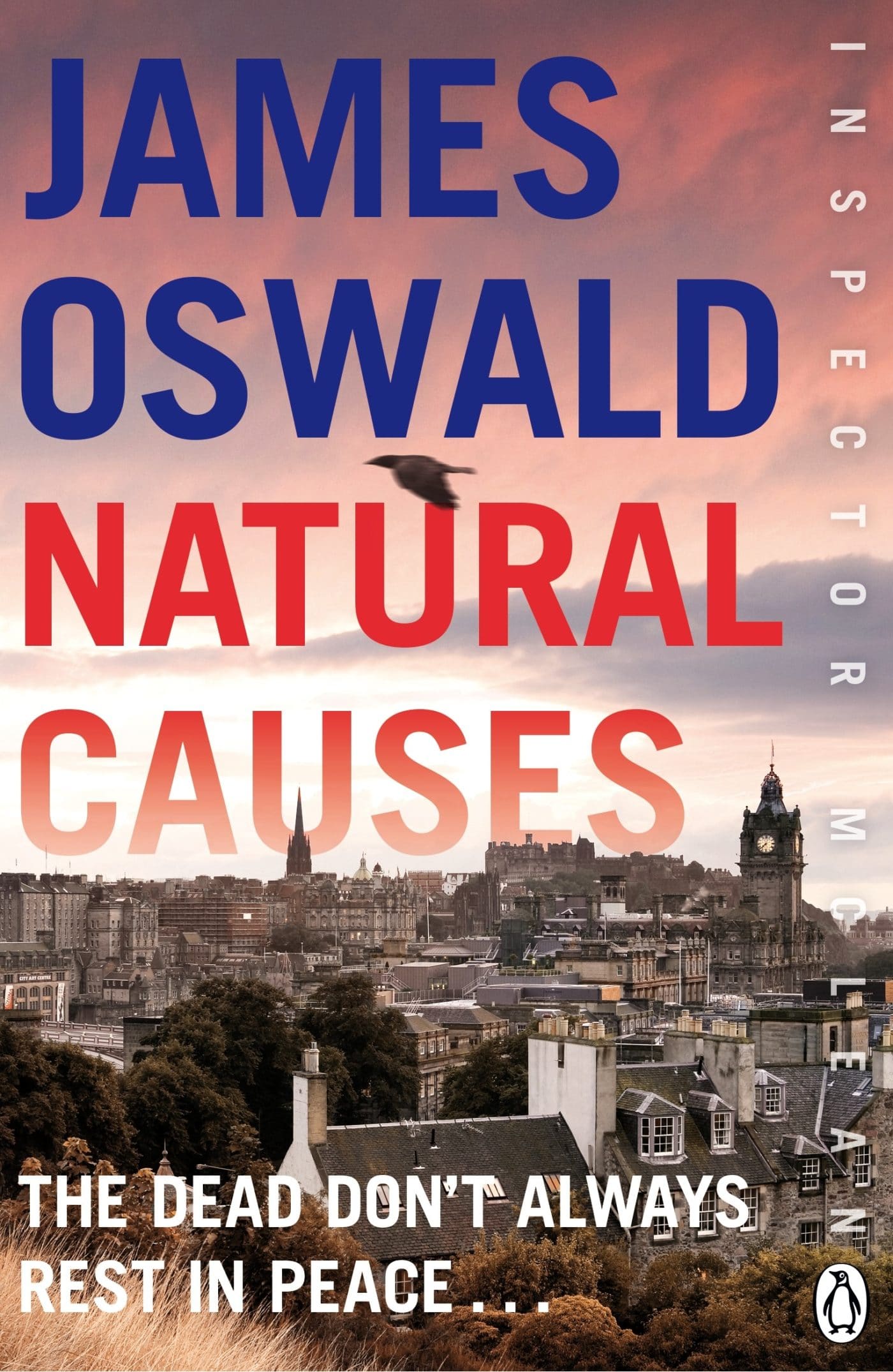
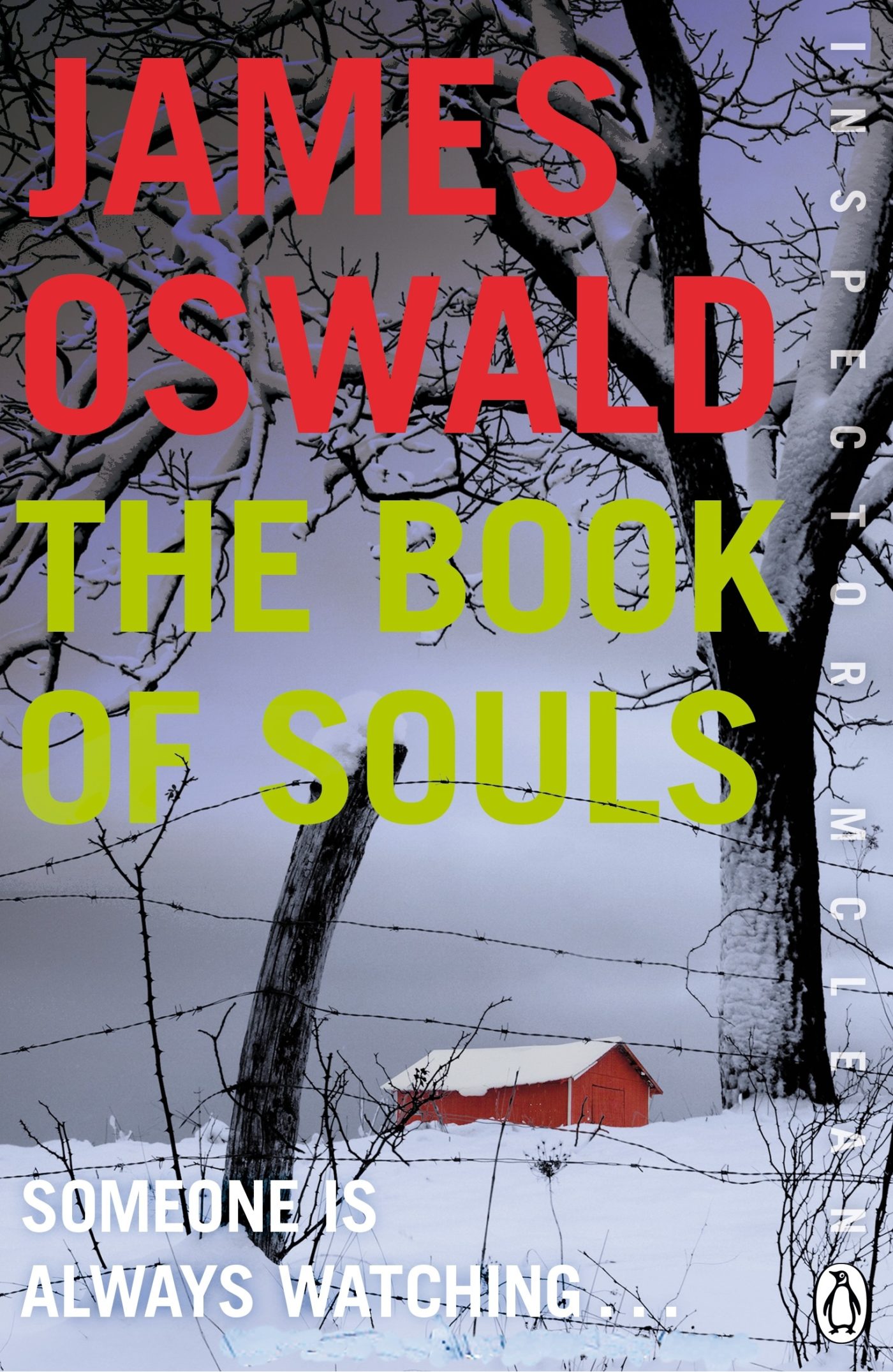
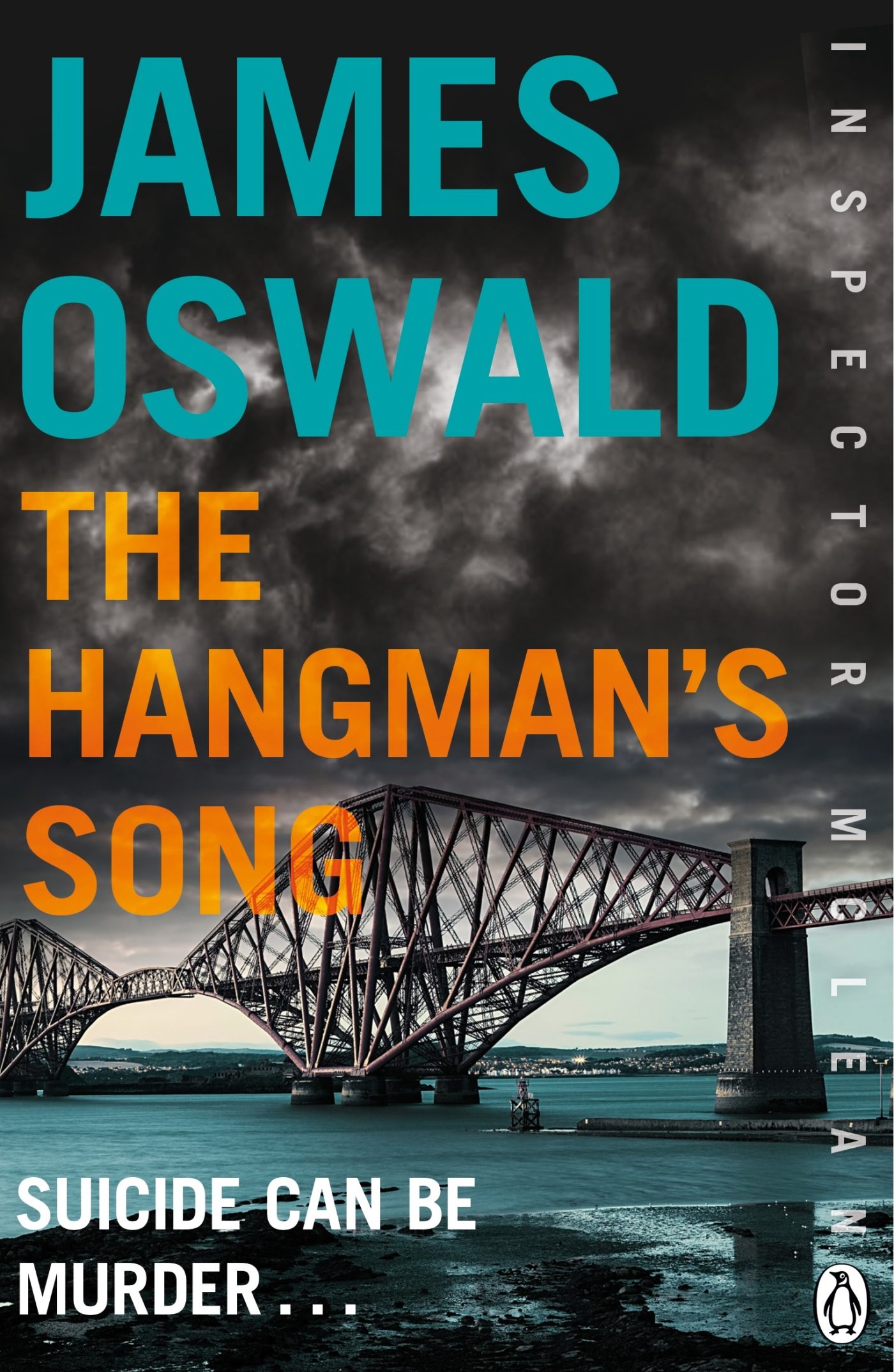
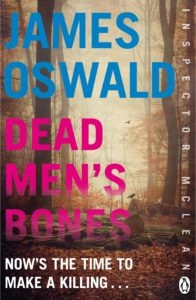
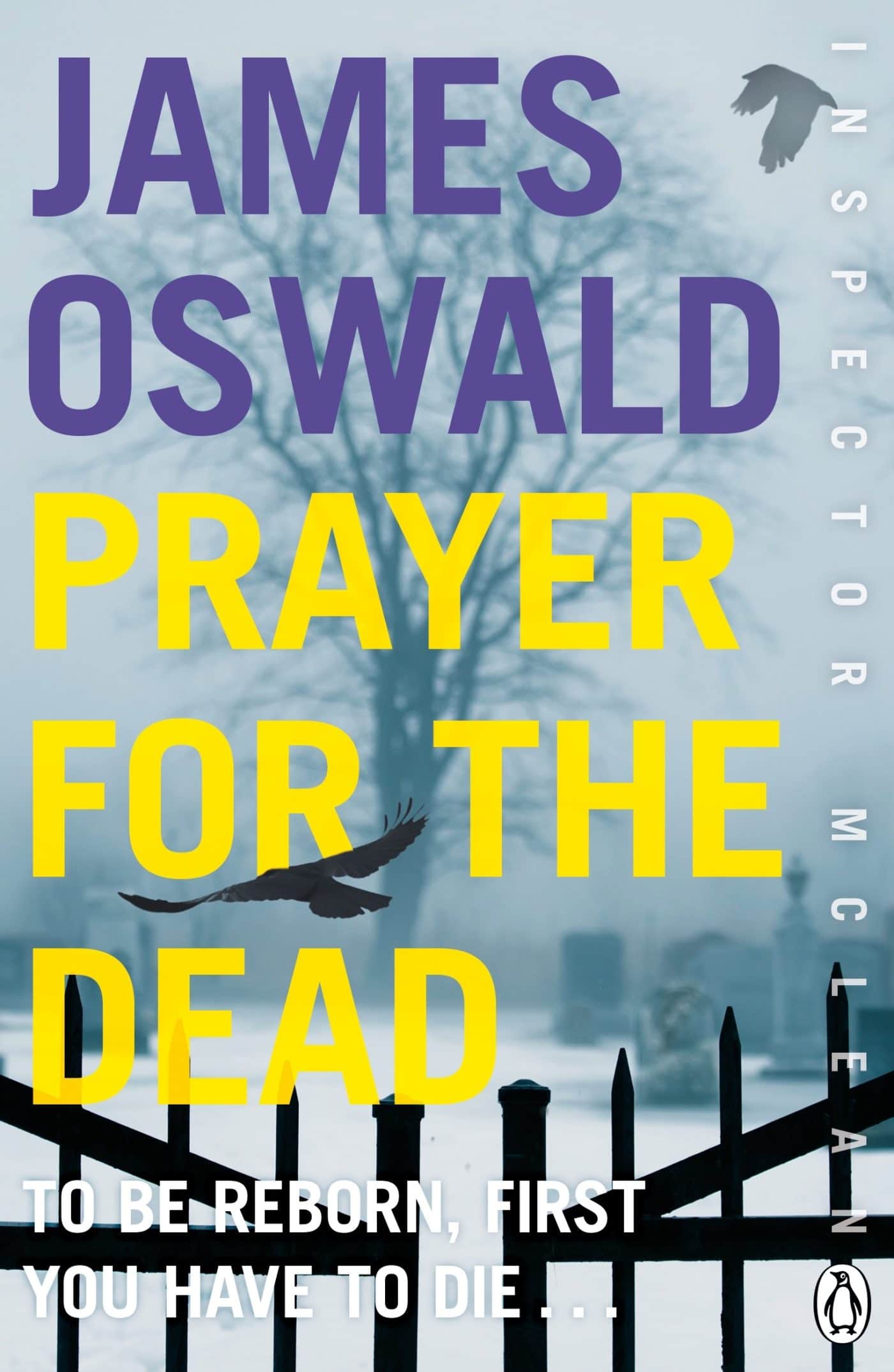
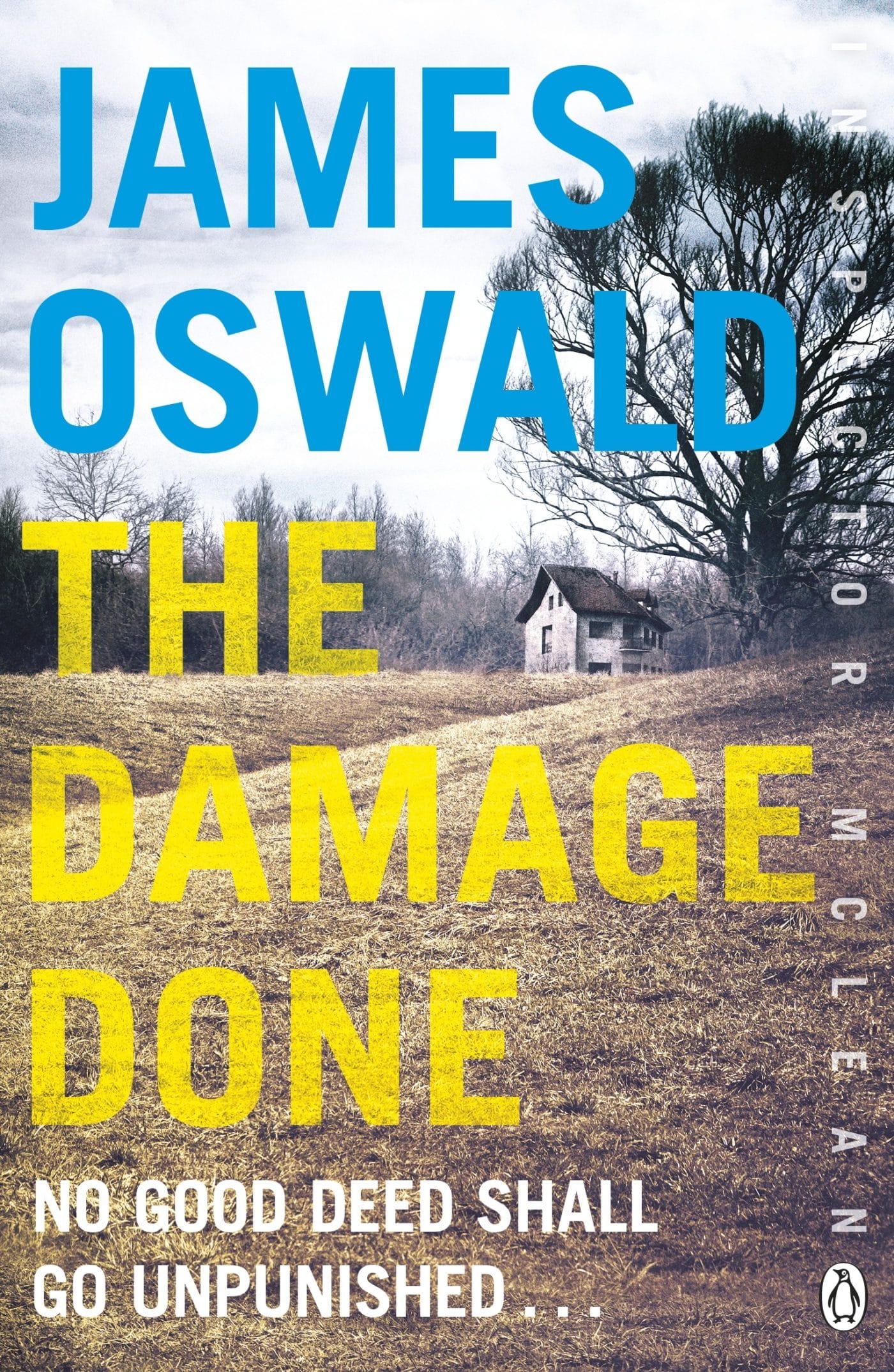
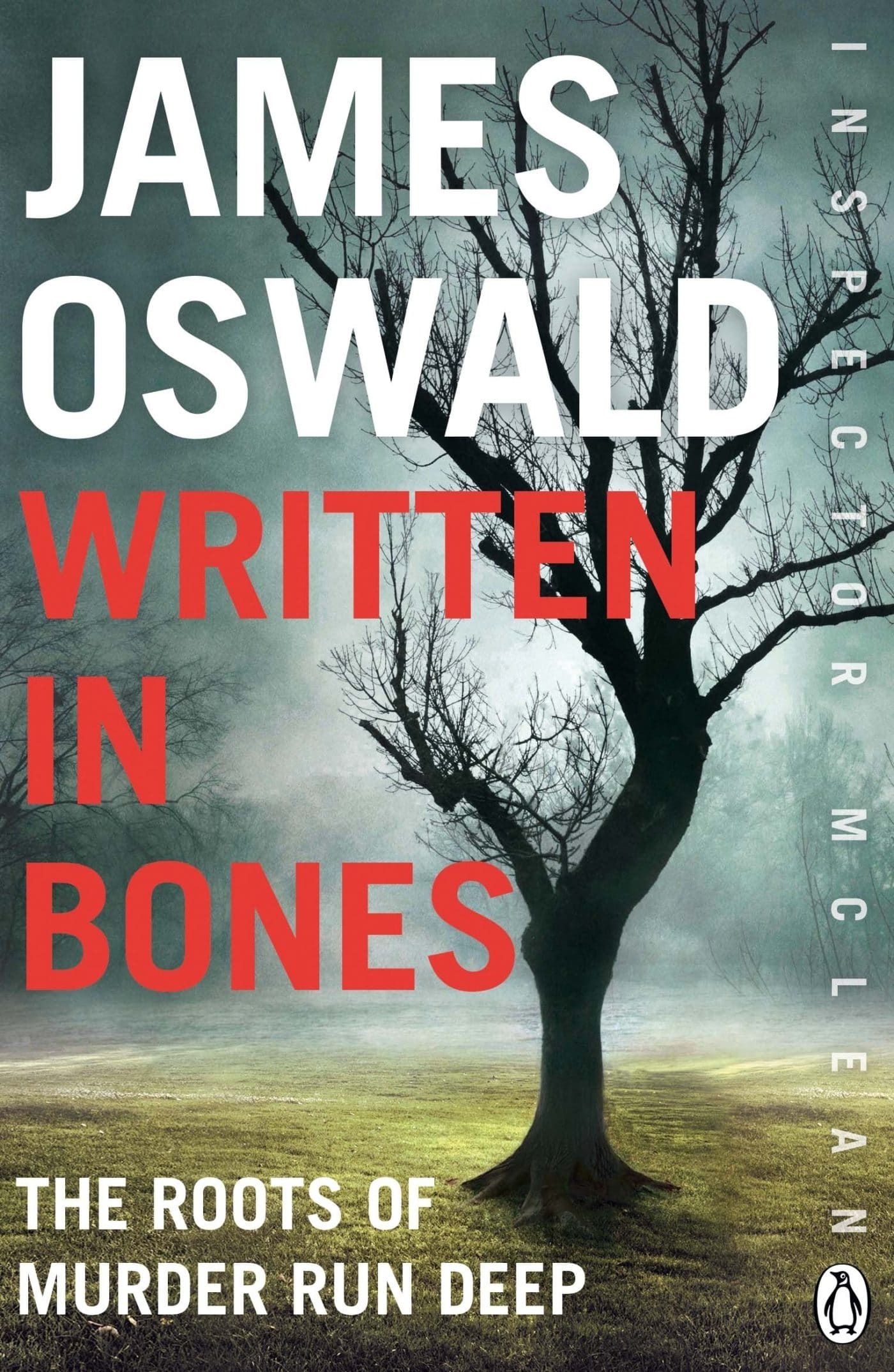
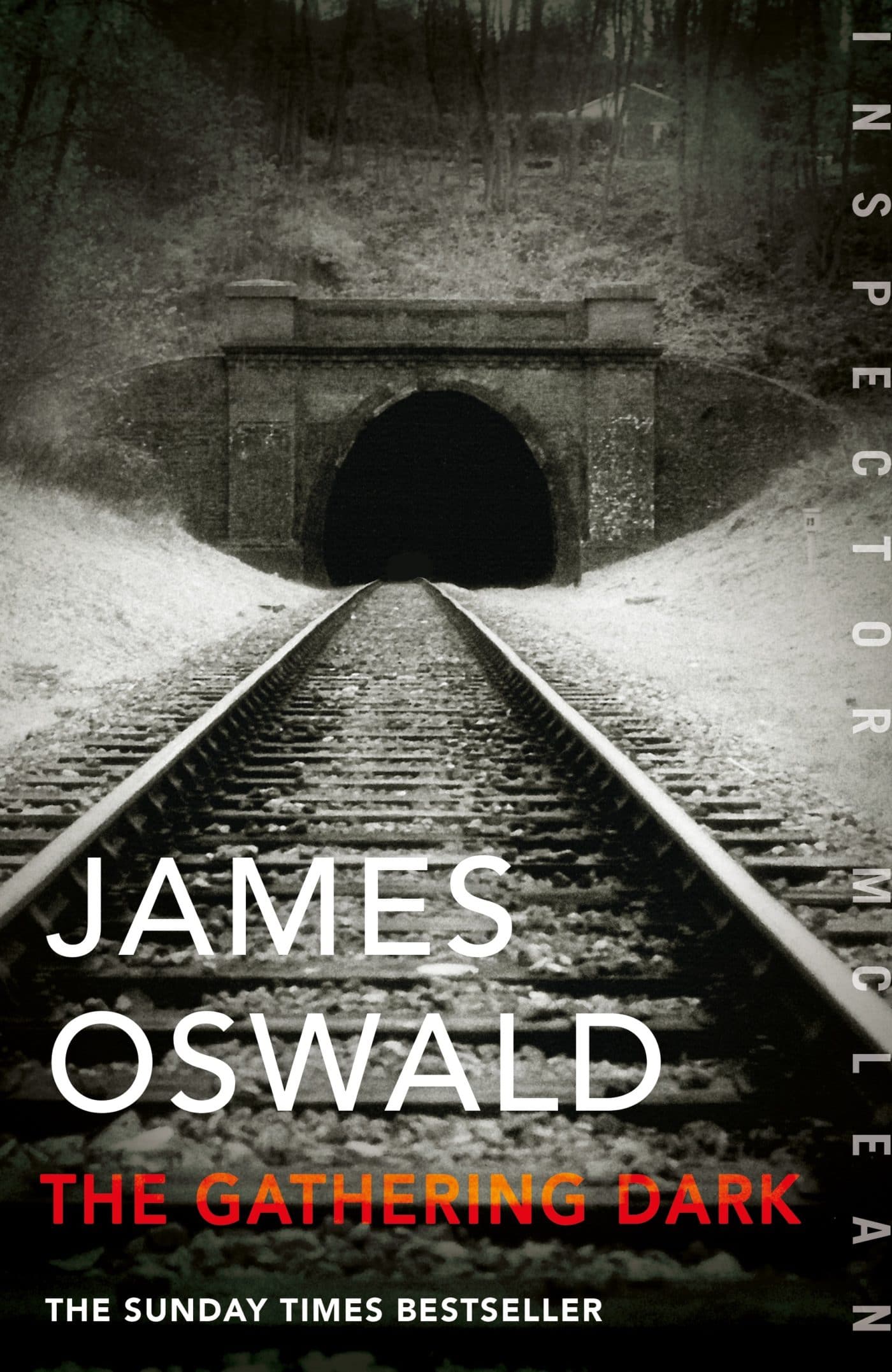

Please note: Moderation is enabled and may delay your comment being posted. There is no need to resubmit your comment. By posting a comment you are agreeing to the website Terms of Use.